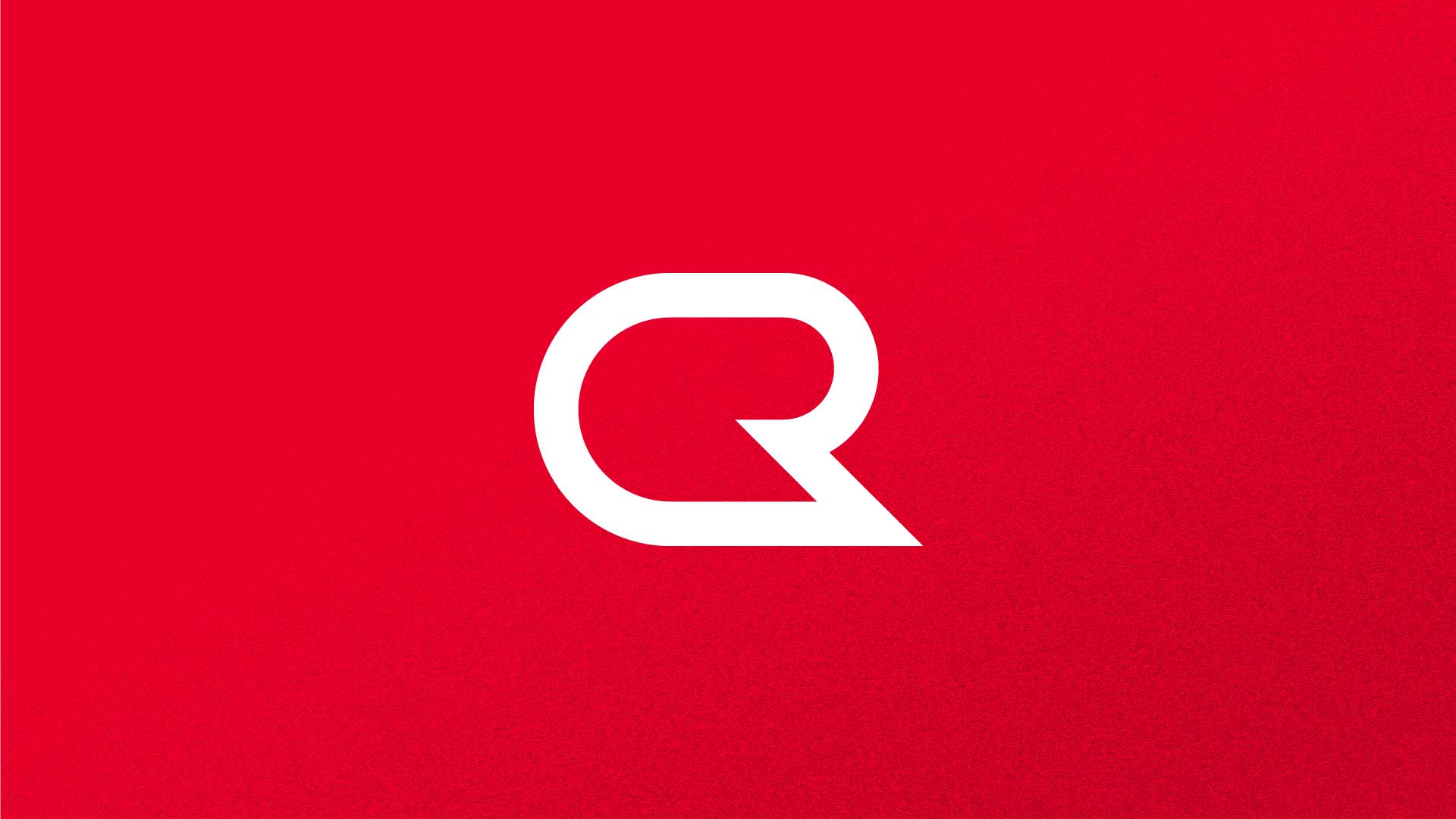
I’m a fan of feel-good movie musicals starring Hugh Jackman. I’m also a fan of feel-good movie musicals starring Zac Efron. Luckily for me, The Greatest Showman had both.
The Greatest Showman is a historical fiction account of Phineas Taylor (P.T.) Barnum’s tale of visionary approaches to show business and story-telling. Showman paraded its way into theatres five days before Christmas, hit $8.8 million in the box office opening weekend and received three Golden Globe nominations, winning the Golden Globe for Best Original Song.
Even so, the accolades and A-list cast are not what impressed me most.
I grew up around the Barnum and Bailey Circus and, while the clowns always made me nervous, I loved every moment of it. There was something to be said about the whimsy and splendor of the acts. Even at a young age, I understood there was a rich and intriguing history behind the show.
What I didn’t realize was the amount of imagination P.T. Barnum charged into propelling this show, utilizing some of the earliest forms of public relations and advertising to get his spectacle in front of vast audiences.
Barnum earned himself the title “king of advertising” for his inventive and outlandish approaches to promoting his unique brand. Barnum went against the grain, tapping into the unlimited potential of his creativity.
Both times I watched Showman (yes, of course I saw it twice), the frequent use of bright colors, bold letters and even bolder statements consistently caught my eye. The film utilized prop advertisements that closely resembled Barnum’s genuine posters, banners and prints.
Barnum was ahead of his time in the advertising, marketing and public relations industries. He was a creative who never settled – he constantly advanced his craft and found ways to go against the grain. He even succeeded in promoting Swedish opera singer Jenny Lind, totally unknown in the United States, leading up to her first-ever American tour. Though nobody from the U.S. had ever heard her sing, one source says over 30,000 people showed up cheering to welcome Lind’s ship as it reached shore and her feet first touched New York soil. Talk about the power of publicity, right?
Clearly I do not advocate for stretching the truth or making things up for the sake of promotion. However, I do encourage thinking outside the box, looking at the story you have to tell and telling it well. Everyone has a story, after all. Whatever your industry – finance, real estate, healthcare, nonprofit or more – unlock your narrative.
Barnum once said, “without promotion, something terrible happens: nothing!” So don’t be afraid to think fantastically, because you just might be the one to create change.



